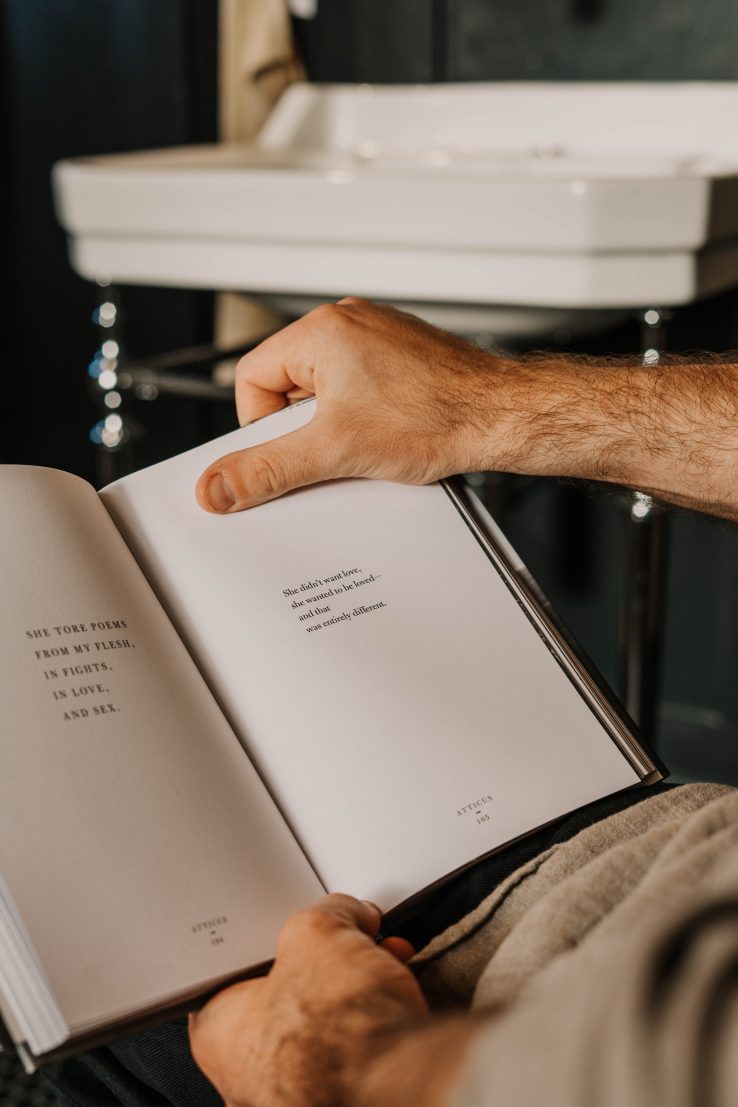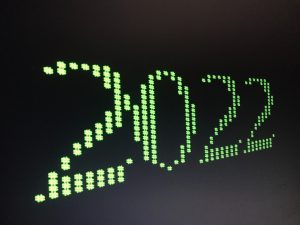My favorite Video Blogger
Angela Braniff is a YouTube blogger who uses her videos to educate moms with traditional family values. She covers topics such as homeschooling, daily routines, housekeeping, culinary, holidays, and raising young children. I find that if I can relate to a community of followers, then its time well spent on YouTube. Influencers She is effective in drawing in subscribers with camera lighting, camera angles, voice over, and smooth transitions between scenes. Each video is organized in chapters and is easy to reference. Also, Angela’s logo is visible in the video on the bottom right corner to brand her channel. This makes a statement when your publishing content. Supporting small business as an entrepreneur is important to me. She makes a fair number of new videos every week that will review products and how-tos. I also follow podcasts that center around web development and gardening. There is so much information available in audio that makes podcasts better than written text. Saves on time and energy.
When it comes to podcasting, global ideas are better shared. They are an effective means of being able to engage media while multitasking. That is where podcasts have an advantage over YouTube blogs. Audio publishing if done the right way inspires the audience. They have a way of looking at different viewpoints into others’ lives while also avoiding media bias. Certain ASMR or meditation videos coupled with calm audio has a large market. I personally use white noise videos to fall asleep. I also use podcasts while working out when I get bored of the same playlists.


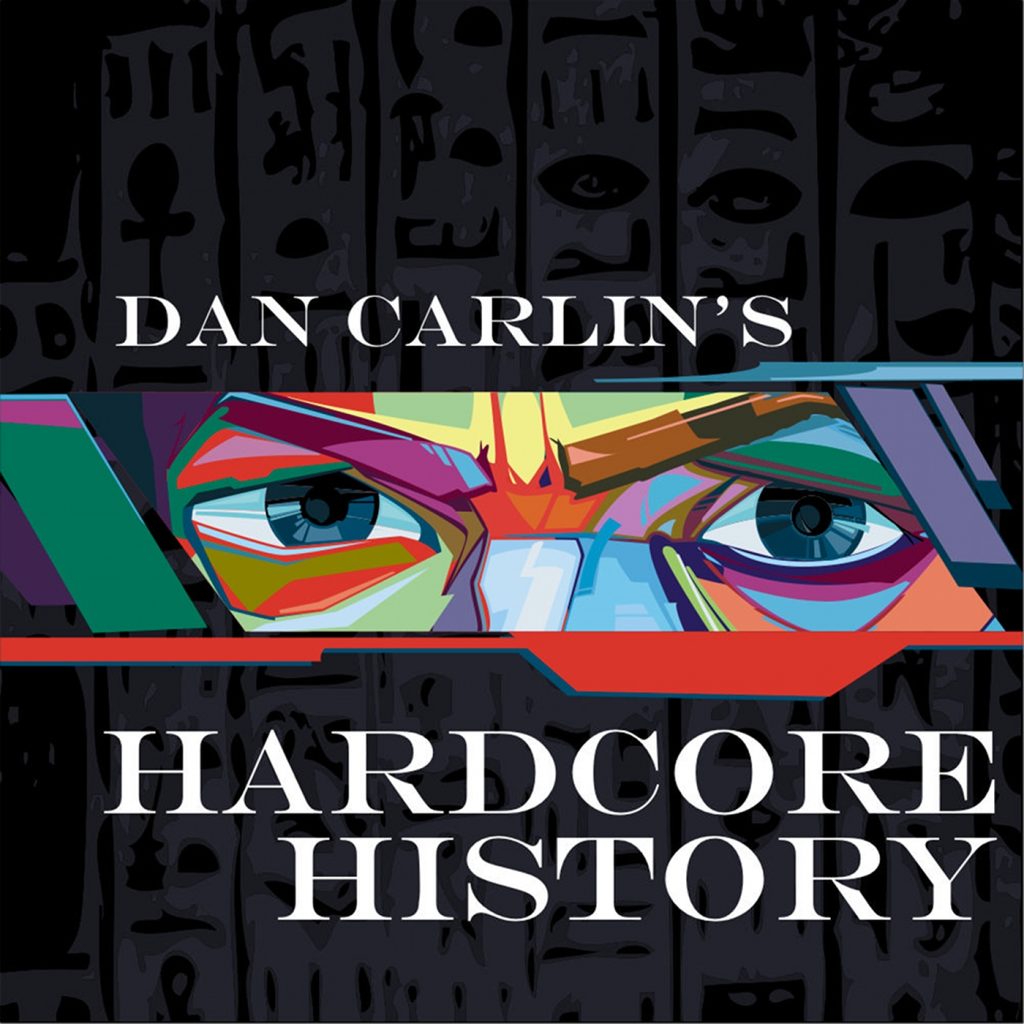
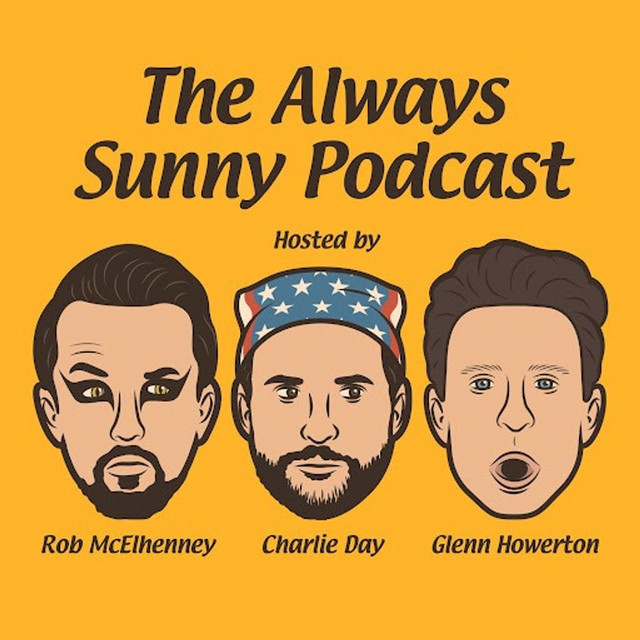
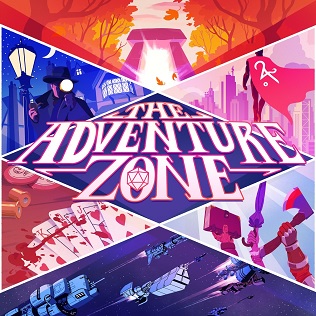




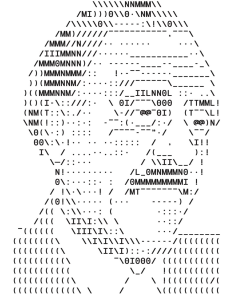 by Jessica Grubbs
by Jessica Grubbs